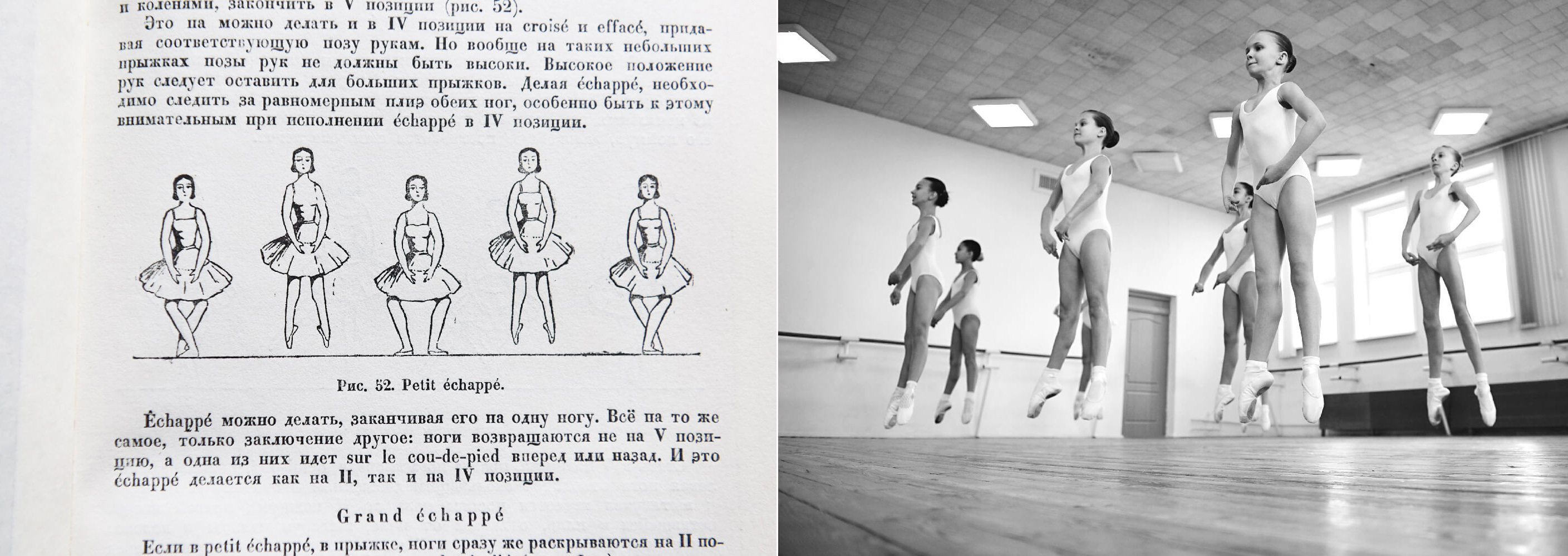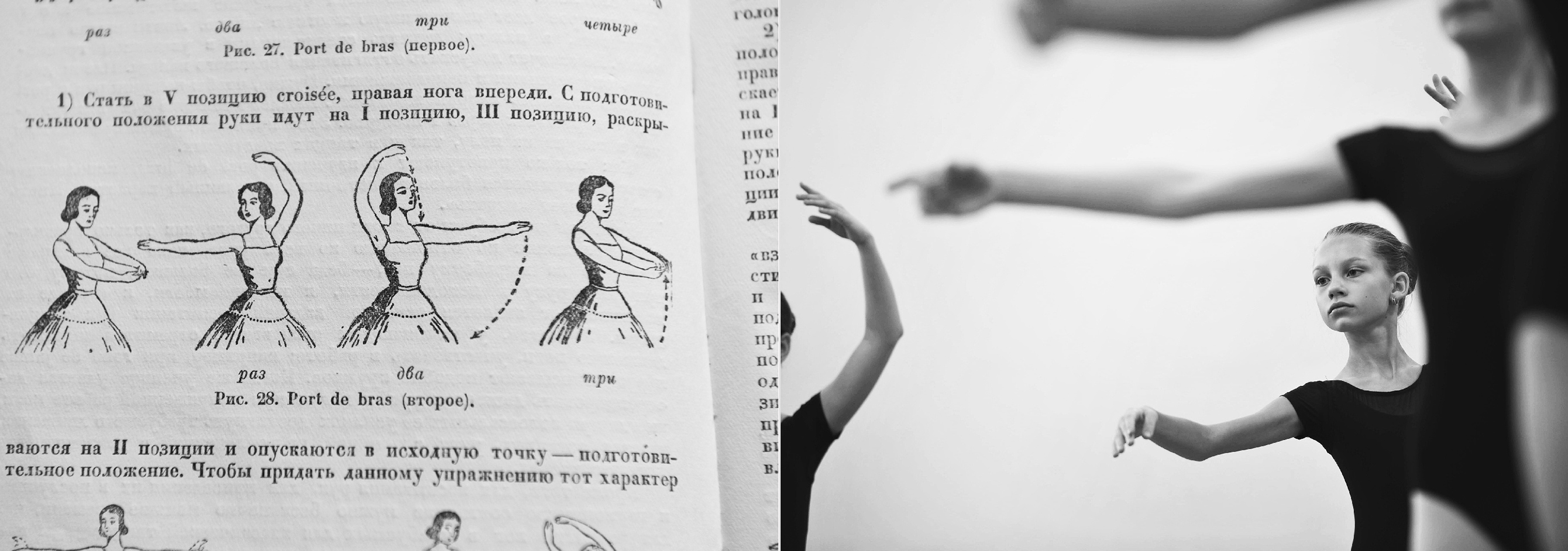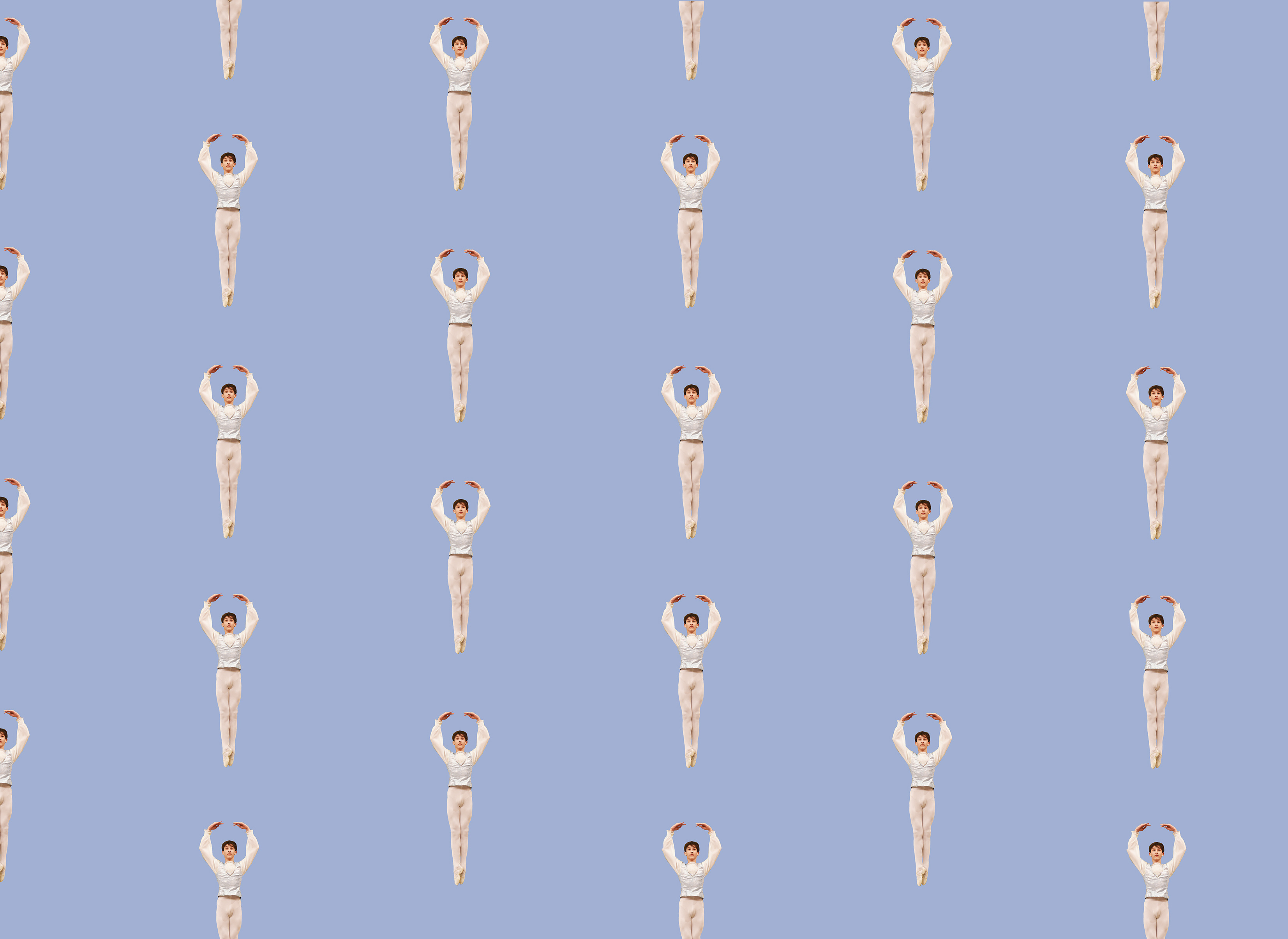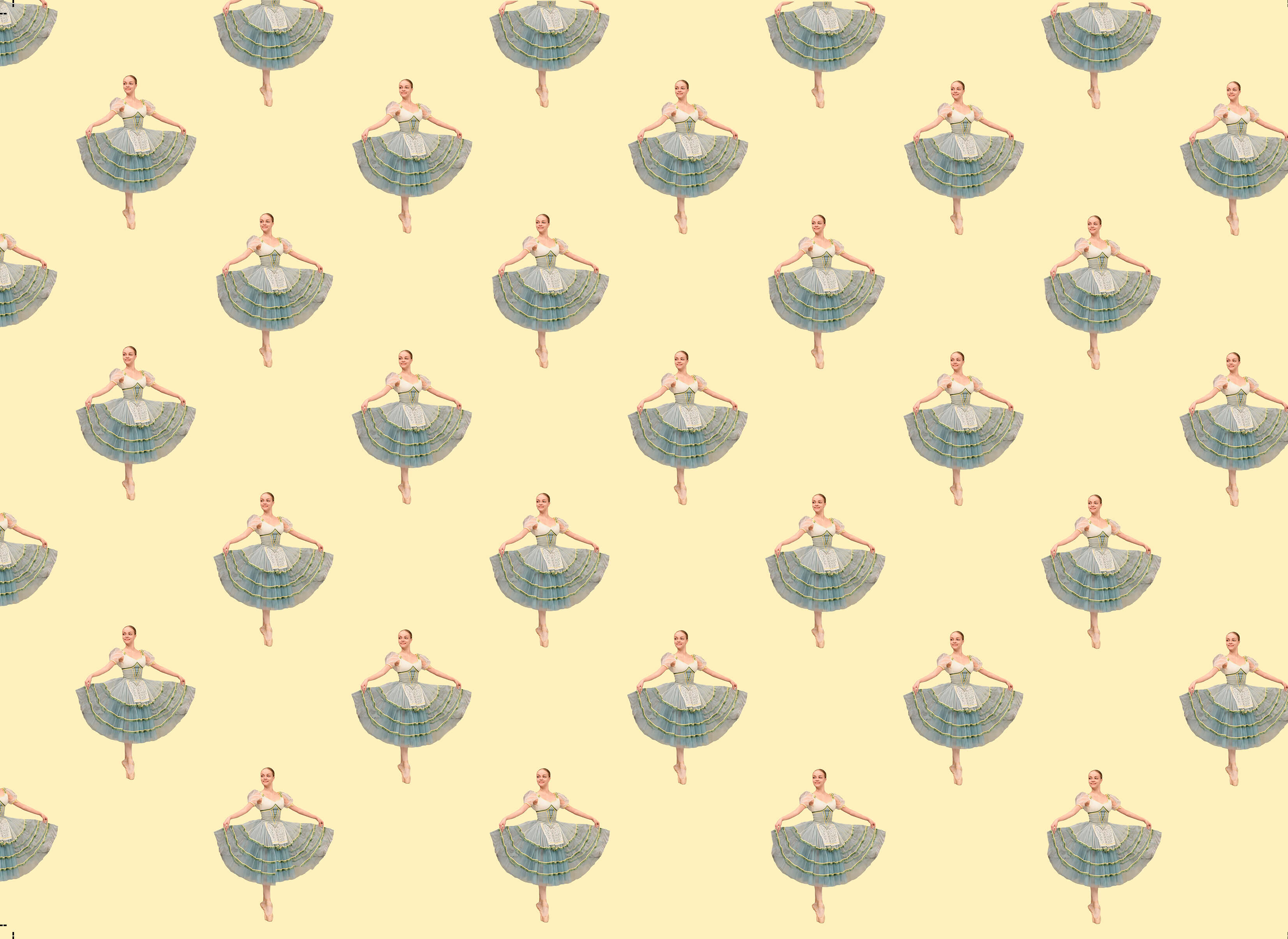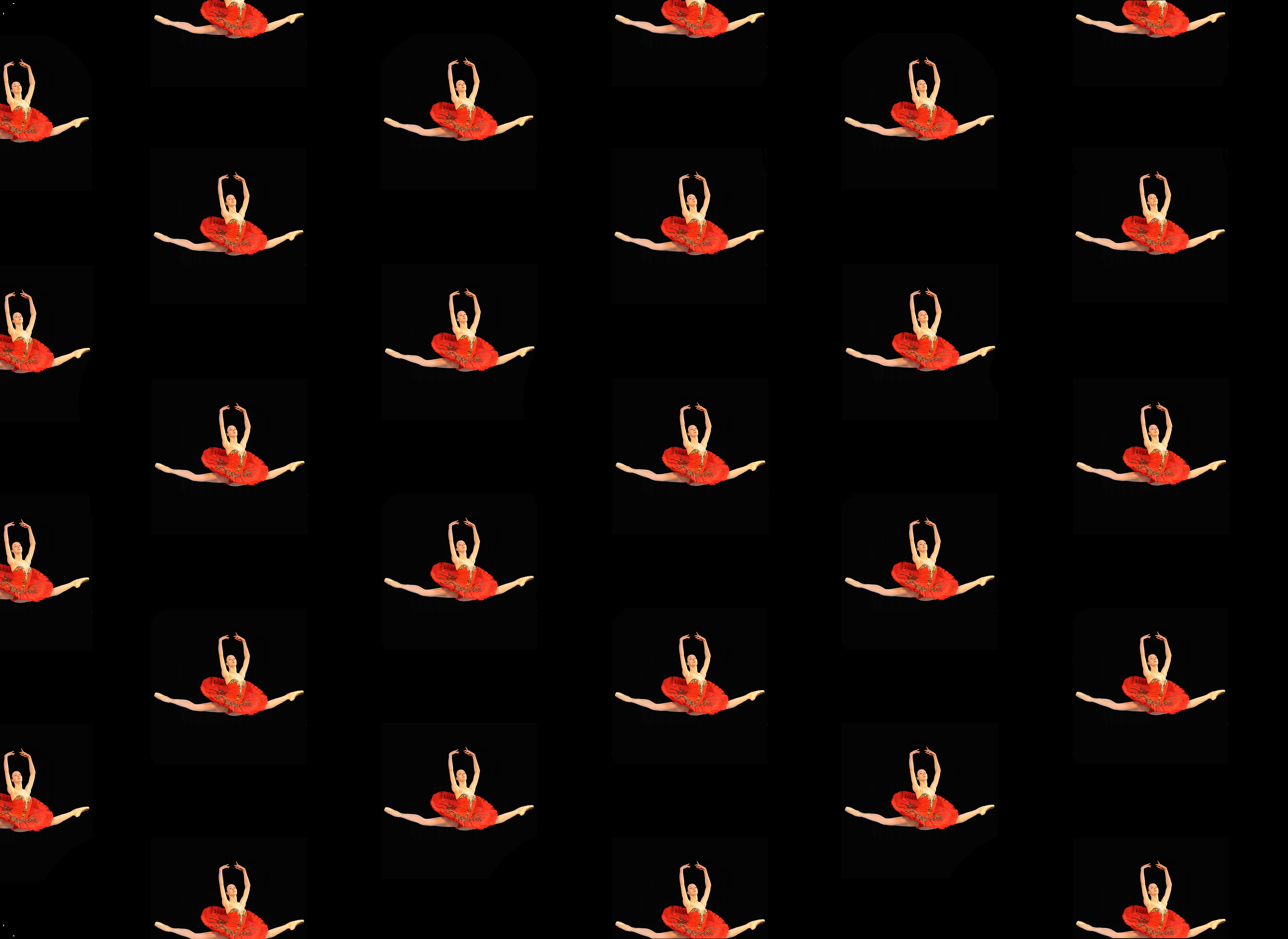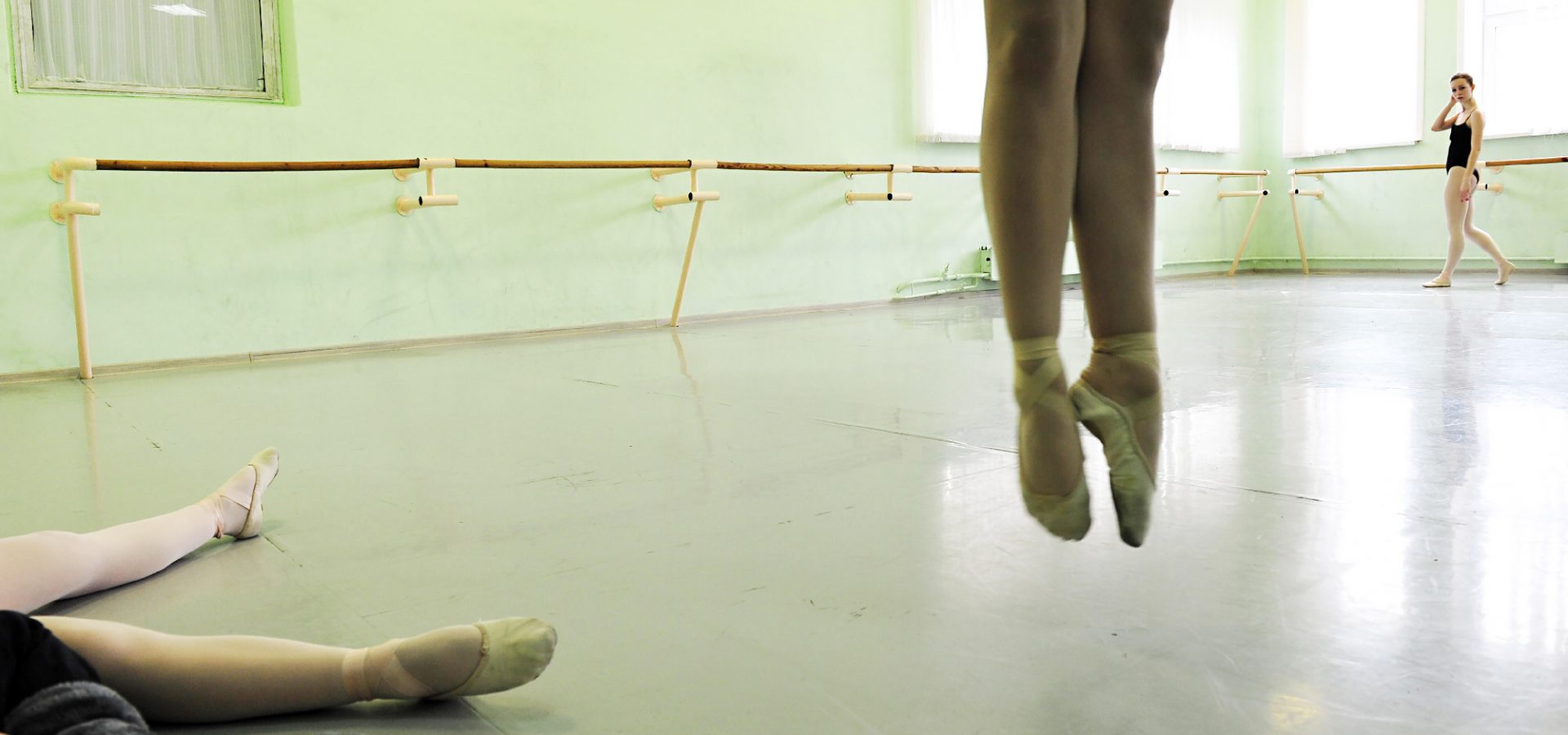
Ready, Steady, Plie: Portfolio by Olga Moroz
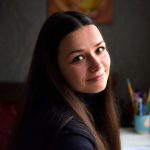
Minsk-based photographer, teaches photojournalism at the Belarusian State University. Finished a course by Yuriy Vasilyev and is doing Sergiy Maksimishin’s course, Photographer as a Storyteller.
— I have always liked drawing, but to draw a really good picture, you need a lot of time. I could rarely finish a piece — I had loads of new ideas in process, and I switched to something else. In photography, it is easier: you see it and you capture it.
In high school, I borrowed a camera from my parents, secretly hoping that one day I will have one of my own. Before graduation, I got a point-and-shoot camera, a Rekam — and used the first film for experiments with self-portraits and photographs of friends. The second one that I used to capture our ‘last day at school’ celebration got accidentally exposed to light. It was a great disappointment.
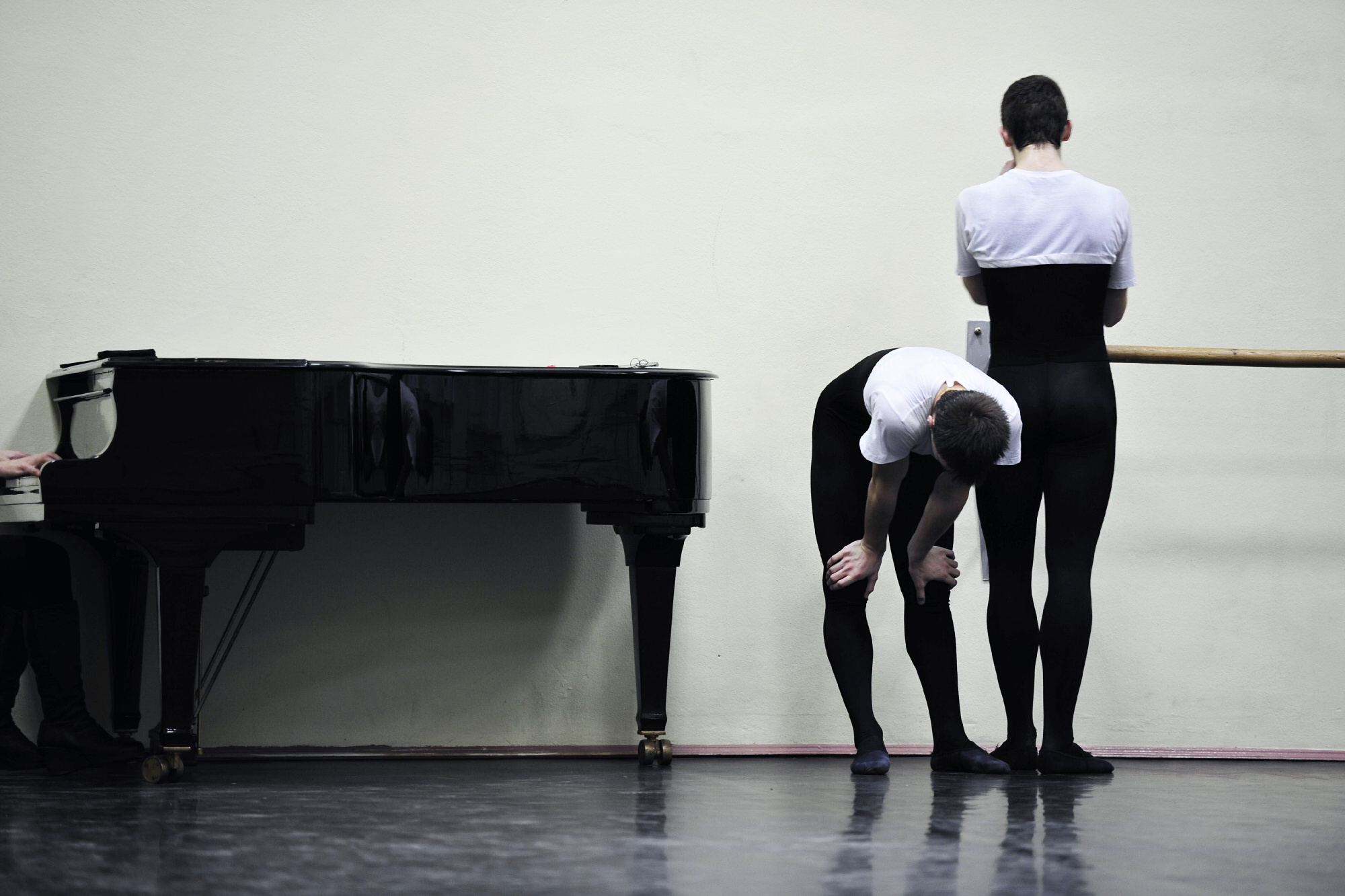
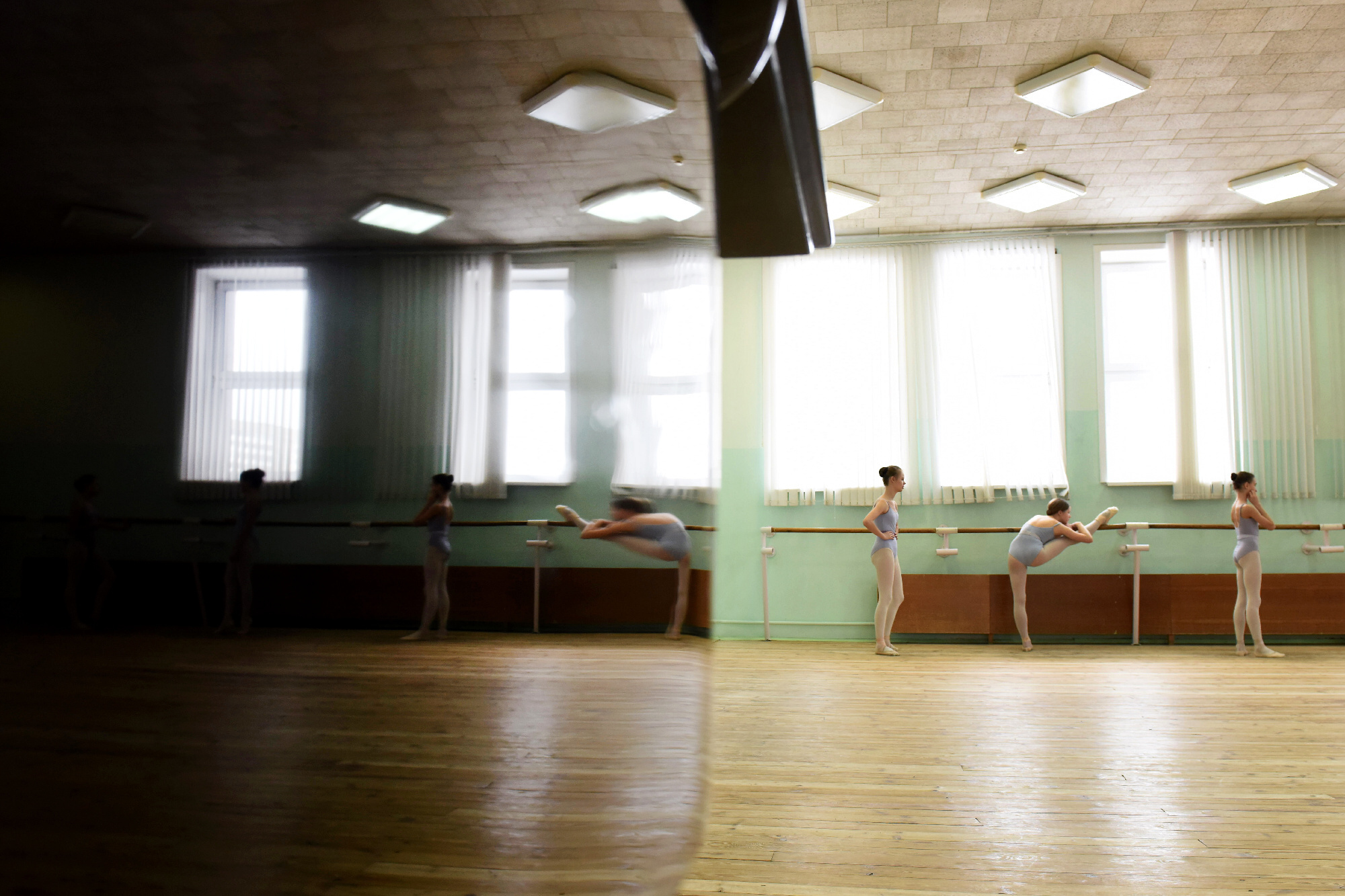
I got my next camera when my daughter was born. First, I wanted to document her growth and change. And second, maternity leave was boring. I took photographs of my daughter, myself, the ‘street’ from our walks. I registered on a website for photographers, binged on forums — where I found out about overexposure and slanted horizon. Then there was my first course in photography. And then another one. And another one on studio photography. And an online course. And university. By 2017, I had become a certified photojournalist, I was even invited to teach. Now, I am taking Sergiy Maksimishin’s course and I will definitely study more.
I started shooting ballet several years ago. As a part of the course requirements, I was supposed to choose a topic, and I said that I would like to photograph the backstage. It didn’t matter back then whether it was theater, circus or cinema. One of the course participants knew people from the ballet college, and she offered to help me get permission to shoot there.
I was delighted with the very lesson of classical dance where I showed up with my camera: ballet turned out to be beautiful not only as a final stage performance, but also as a process preceding it. This became the main idea of my work, and I still think that the first shooting was one of the most successful ones. With time, I got to know the teachers and the children, became a frequent guest at recitals, and started taking pictures for the college’s brochures — while still doing something for myself.


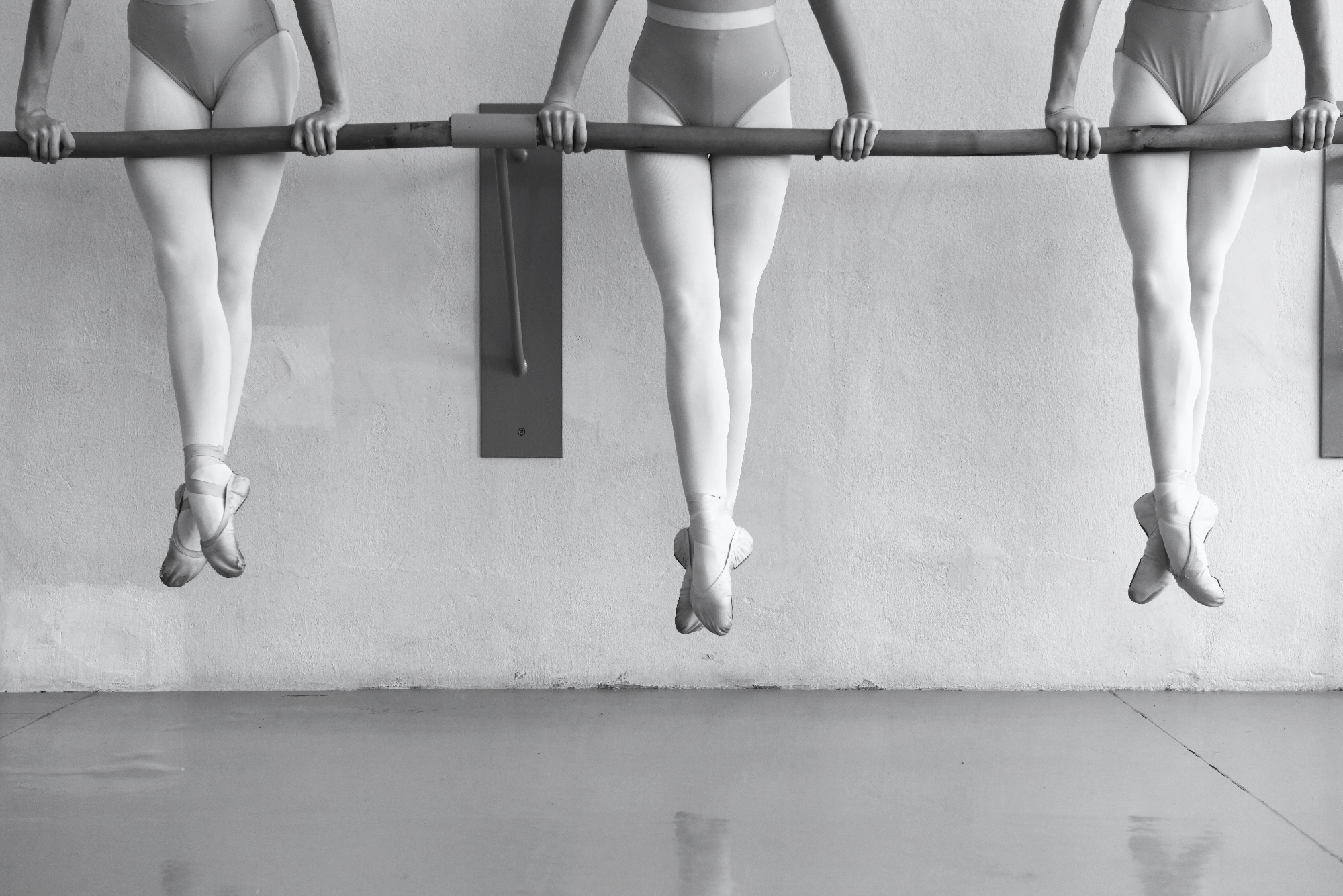
I liked the result so much that I thought it was my theme forever. By the way, I had to change the camera because of that. Mine filled the entire room with a rattling sound, so I bought one with an almost silent shutter.
I found shooting ballet easy, because beautiful people do it. I learned to catch the necessary poses immediately. Now I know for sure when to press the shutter and I can predict the culmination of the moment. During one of the concerts I was sitting on the balcony near the stage watching the photographer taking photographs from the audience. “His every shot is a miss!” I thought, annoyed. I didn’t see the results, but I am sure that the performers were not happy with it.
Ballet is very photogenic, but this type of shooting has its difficulties. The main has to do with a difference of “good ballet photography” definitions: mine would not be the same as that of teachers and dancers. For me, emotions were important, and they cared about the correct position of an arm or a foot. They asked me to delete ‘defective’ photographs. Some teachers were against shooting rehearsals and classes (this must remain a mystery!), others put children in ‘correct’ poses especially for the shoot. Fortunately, this didn’t happen every time or with all the teachers. For instance, we are close with one of them now, and she is grateful for having collected such an archive.



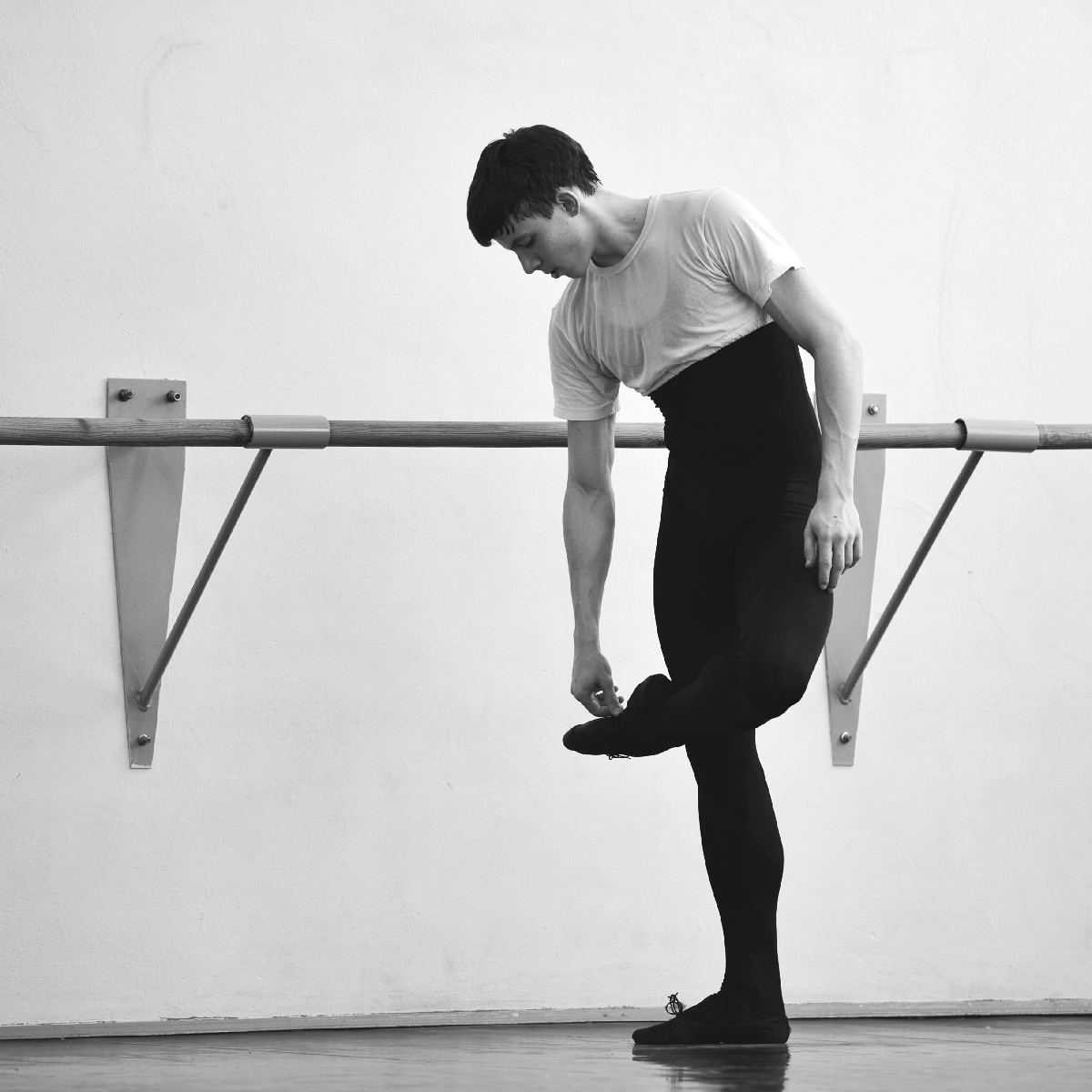
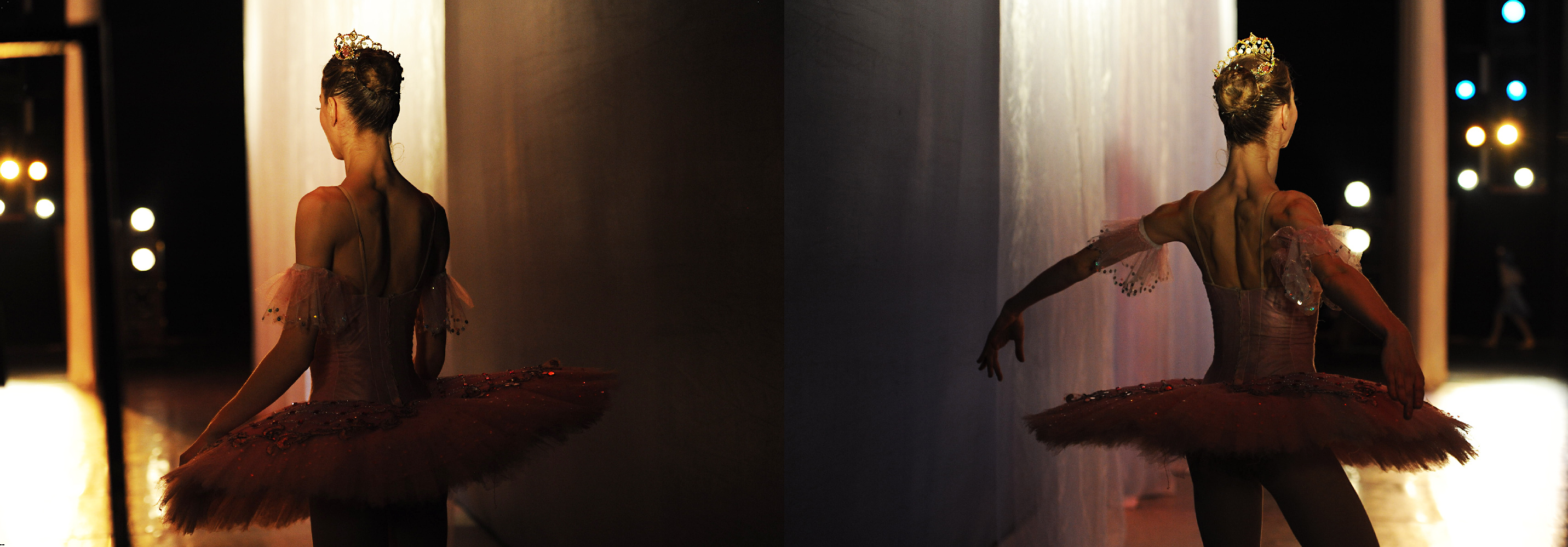
Time was on my side: the more I came, the less attention they paid to me. Also, because of iron discipline and a heavy workload children simply didn’t have time to get distracted by me — and this also made my work easier.
For me, emotions were important, and they cared about the correct position of an arm or a foot.
I didn’t shoot much in the theater. For the children, performances are the reason why they go through exhausting rehearsals, they are attracted to the stage, the costumes, the magic of transformation. For me as a photographer it was boring though — it is much more interesting to capture the anticipation of a celebration than the celebration itself.
I would never sign up my children for ballet. I saw so many tears, pain, and disappointment. So much competition and moral pressure.
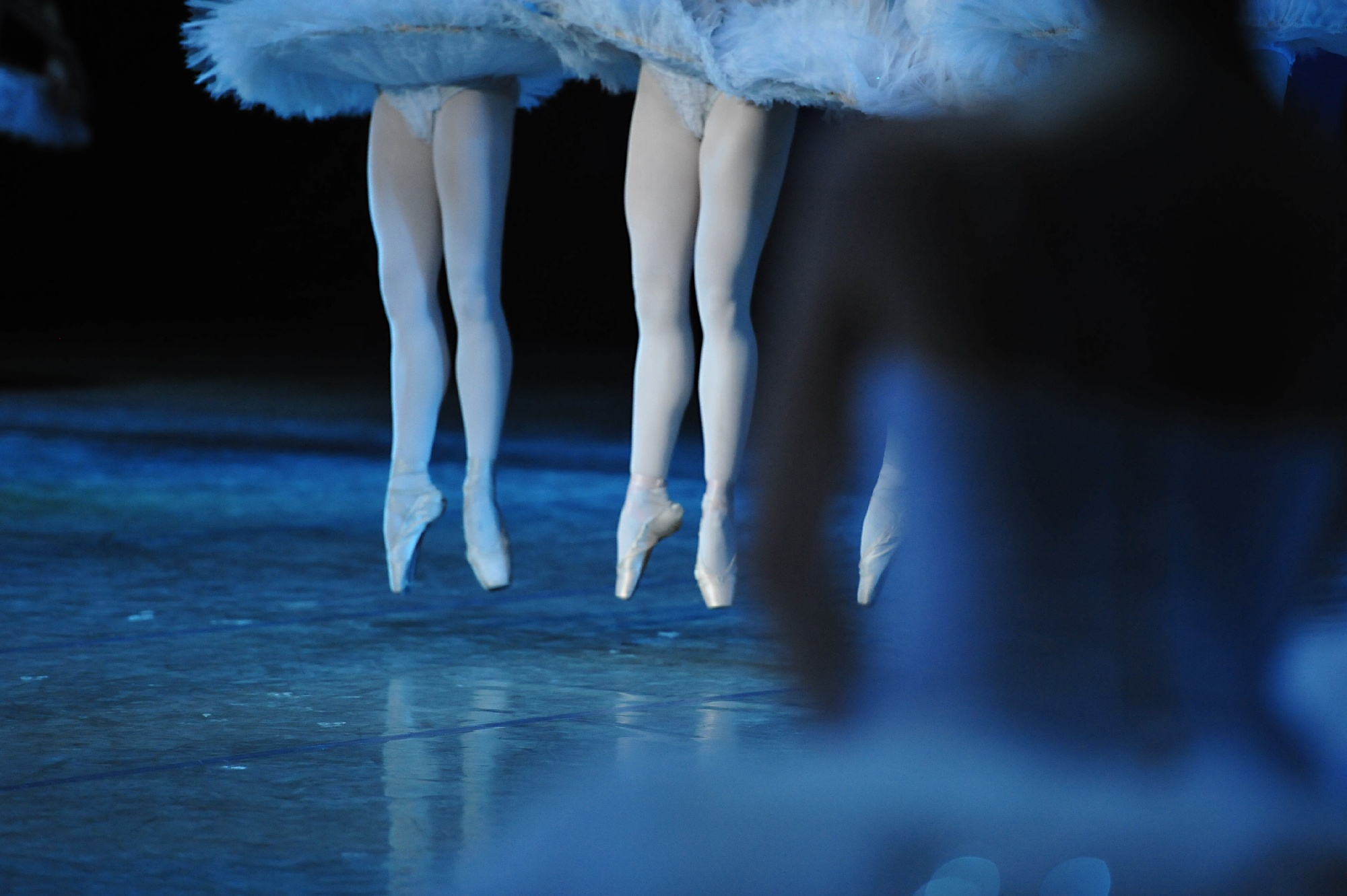
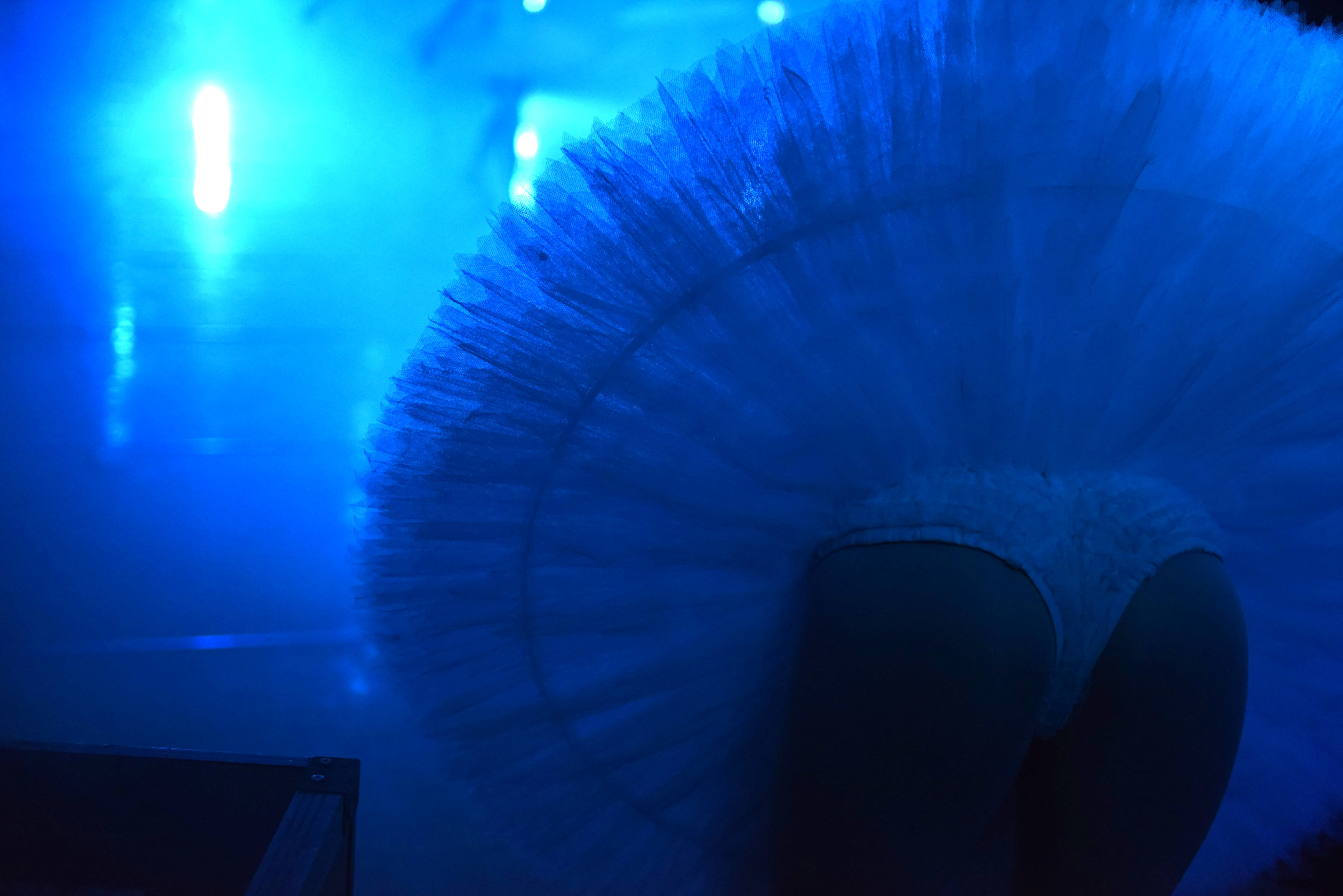
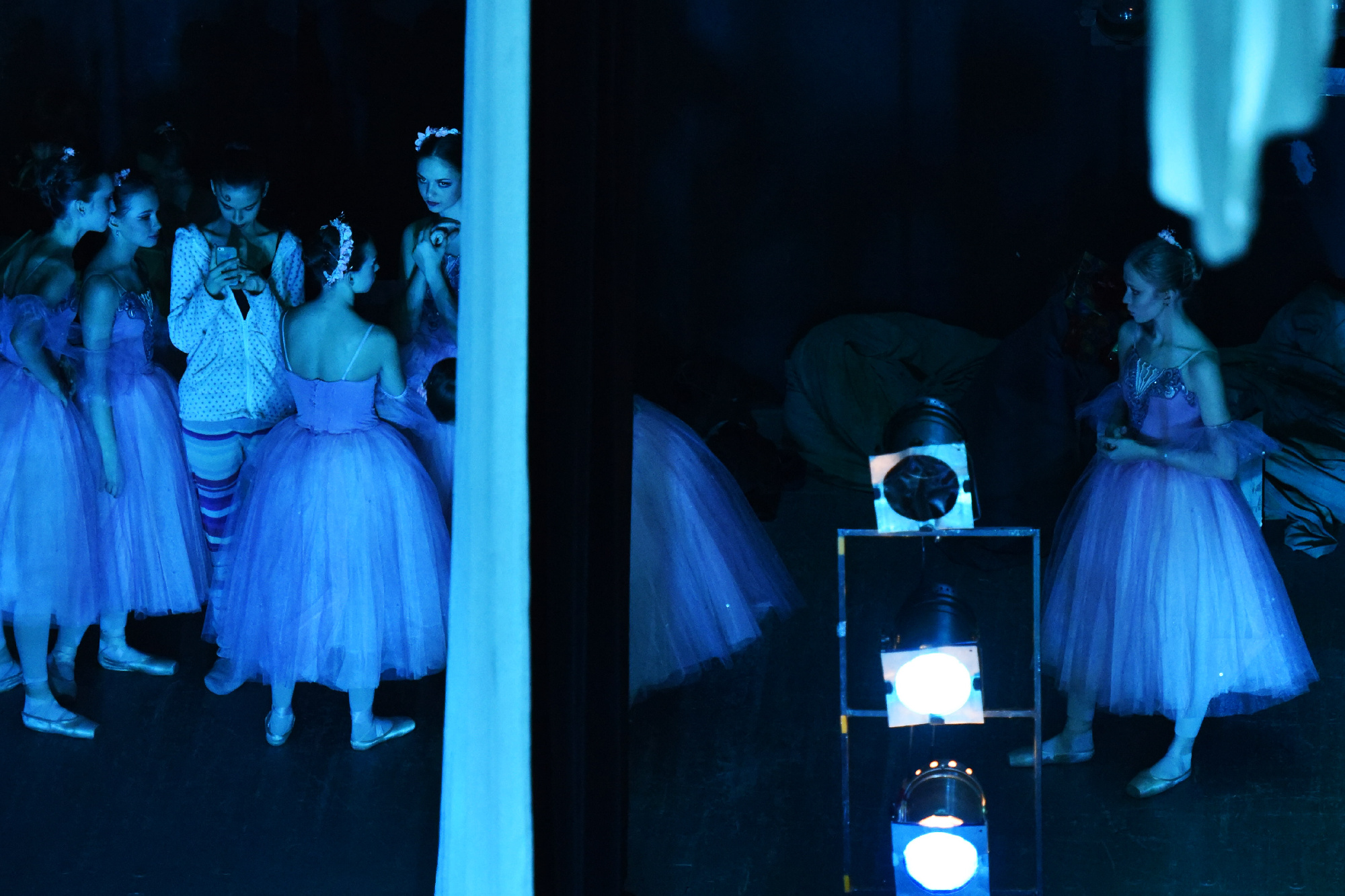
I am planning to publish a photo book now, and I am experimenting with the images for it. One of the ‘test’ groups of images — prints that symbolize endless repetition of the same movements. I choose climactic moments for a ‘freeze frame’; performers are captured in costumes which emphasize a certain impersonification, all these constant “one-one-one!”. Two-pagers with schemes from the textbook by Vaganova, Basics of Classical Dance, that has been republished since 1934, also provides an interpretation of an idea of templates. I wanted to make those drawn characters come alive, contrast them with the schemes ‘from life.’
It is much more interesting to capture the anticipation of a celebration than the celebration itself.
Another layer of the work are the shots as book layouts. At every rehearsal there is a mirror, and I wanted to work with this effect, but create it with different means. The pages imitate mirror reflections, but in reality the two pictures were taken immediately one after the other. And it created some kind of a moving-picture effect.
